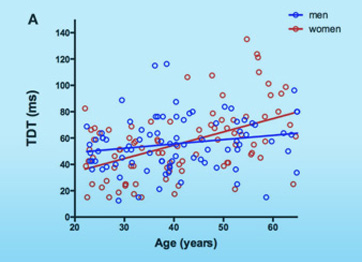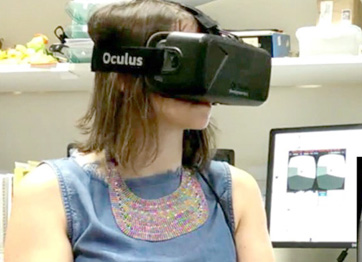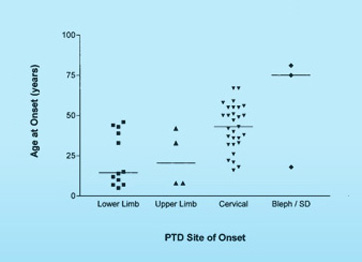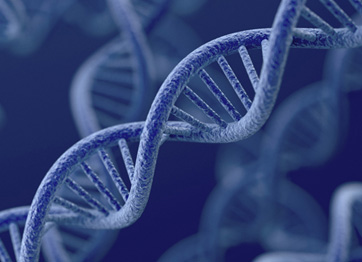
fMRI
We use fMRI, MRI and DTI imaging techniques to find answers to the following questions:
- Can we reliably detect the Superior Colliculus in fMRI?
- If so, what behavioral characteristics does the Superior Colliculus demonstrate for a given paradigm?
- Does this behavior differ between individuals with cervical dystonia, their relatives or healthy controls?
- Can the MRI reveal any structural / anatomical changes in the basal ganglia for individuals with cervical dystonia?
- Are individuals with dystonia and their relatives more sensitive to iso-luminant versus chromatic stimuli relative to controls?
- What are the key brain areas involved in processing looming stimuli?
- Do individuals with cervical dystonia and their relatives, process looming stimuli differently to controls?
- What are the most effective analytical tools/approaches when processing fMRI in order to extract information on basal ganglia and superiour colliculus behavior?
A Study of the Response of the Superior Colliculus to Looming Stimuli by Shruti Narasimham
The above video gives a brief overview of the neuroimaging studies we are conducting to better understand the pathophysiology of dystonia.
Sample videos of what is presented to participants while in the MRI machine, are available on the right. These video paradigms, using looming, receding and random stimuli, have been specifically designed to measure activity of the superior colliculus.
Participants in this study lie in an fMRI scanner for about 40 minutes, while looking at videos of the three simulated motion paradigms.
fMRI: Looming stimuli
fMRI: Receding stimuli
fMRI: Random stimuli

A team of Neurologists and Neuroradiologists, at St. Vincent’s University Hospital, identify the Superior Colliculus from fMRI images of one our participants.

Two spheres
Novel Electrophysiological experiments and signal processing methods for future investigation of adult onset dystonia
A research video by Abdur Raquib Ridwan, a former MSc. student with the Irish Dystonia Research Group.
Other research topics:
Follow the links below to find out more about each of our other research topics.





